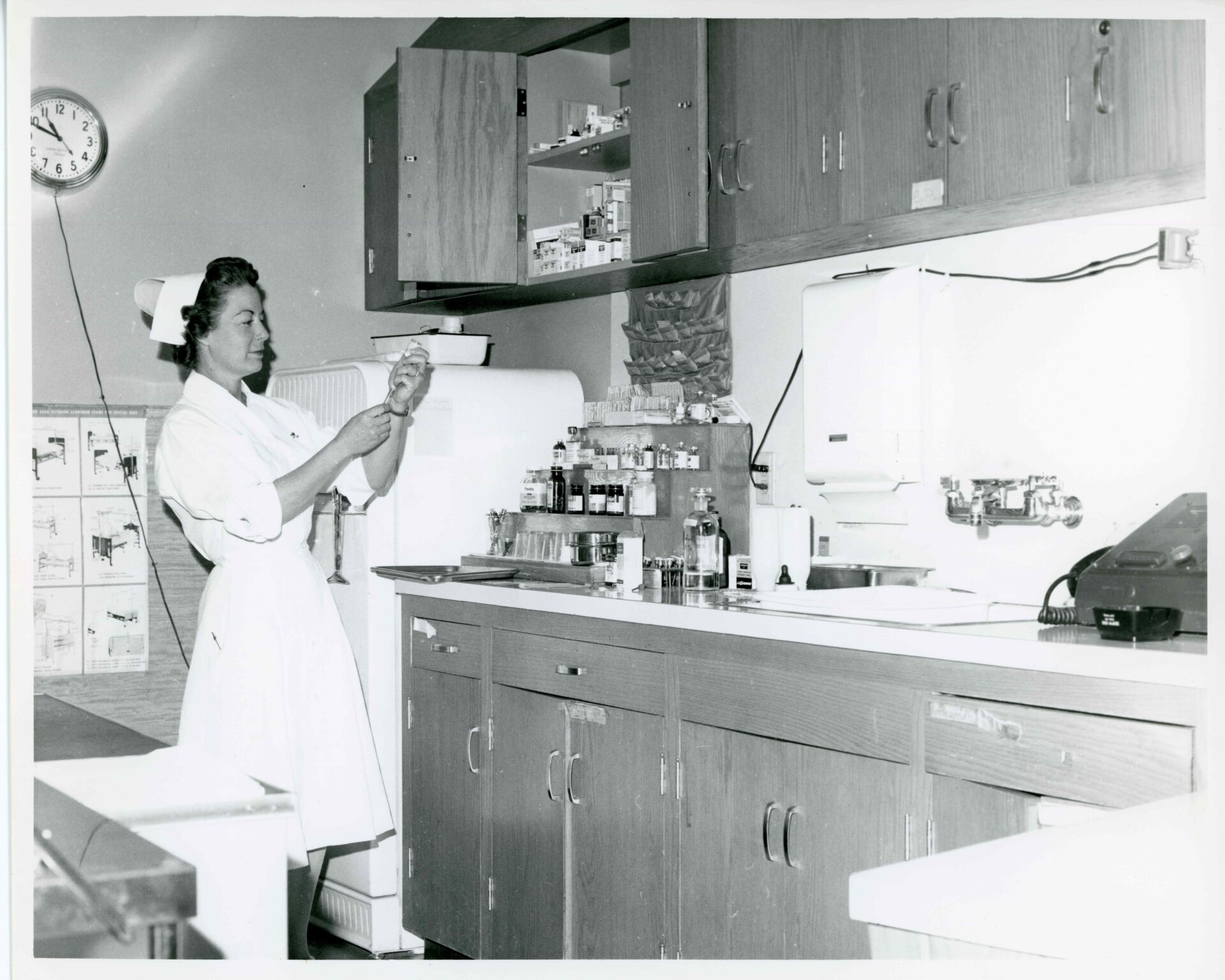Grand County is rich in ghost towns. From the La Sal Mountains to the banks of the Colorado River, canyon country has seen numerous communities grow and dry up during the past hundred and fifty years since the region has been settled by Euro-Americans. Where and why these towns were located varied according to the founders’ skills, industry and determination. Some remote communities served as transportation depots, others as mining or agricultural hubs. The constant interplay of economics, climate, isolation, and access to markets often shaped their fate.
Several of Grand County’s ghost towns are related to mining. Sego, Utah, has been known by a few names since Euro-American activity began there during the 1900s. Around the turn of the twentieth century, Harry G. Ballard arrived from England to settle in Thompson Springs, buying property and land to ranch. During his travels around the area, he discovered a large vein of high-quality coal five miles north of Thompson Springs in Sego Canyon.
Ballard purchased the land and started a small mining operation that was later purchased by the American Fuel Company in Salt Lake City. In 1912, American Fuel expanded the coal operation and constructed a new town named Nelson after the general manager, Dick Nelson. The Ballard & Thompson Railroad spur was constructed up Sego Canyon to connect the mining operations with the Denver & Rio Grande Railroad which passed through Thompson Springs.
The mining workforce included Americans of English and Scandinavian descent, as well as miners of Italian, Greek, African American and Japanese descent. In May 1928, Sego was the busiest coal camp in Utah, but two decades later production costs exceeded income and the miners themselves bought the mine. A few years later, when the railroad converted to diesel-fueled locomotives and no longer needed coal, the mine closed. Buildings still visible today evidence the community’s mining history.
While Sego is known by many as a former mining town, the human history of Sego Canyon dates back thousands of years before Henry Ballard, as can be seen in the petroglyphs and pictographs on the canyon walls. Rock imagery in Sego Canyon ranges from Barrier-Canyon style pictographs to the so-called Fremont style and historic petroglyphs attributed to Ute people. While the term “ghost town” is often applied to abandoned Euro-American settlements, the rock imagery in places like Sego reminds us that the humans have called canyon country home for millennia.
The Moab Museum is dedicated to sharing stories of the natural and human history of the Moab area. This story is part of a series of articles highlighting ghost towns and remote communities in Grand County. To explore more of Moab’s stories and artifacts, find out about upcoming programs, and become a Member, visit www.moabmuseum.org.
Remains of Sego, Utah still stand today. [Moab Museum Collection]
The old Company Store in Sego, Utah. [Moab Museum Collection]
A view into an old stone building in Sego. [Moab Museum Collection]



